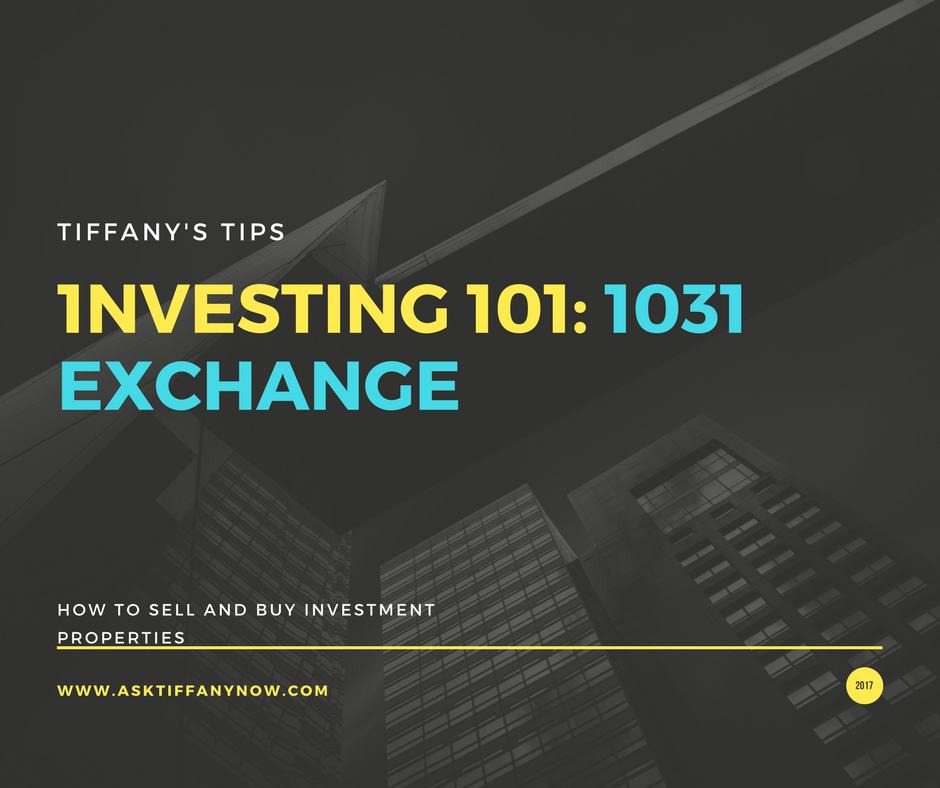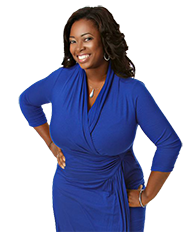1031 exchange rules to follow
If you decide to do a 1031 exchange, once the money from the sale of your first property comes through, it will be with an escrow agent—an independent account monitored by a third party. The money will be available once a new property is identified.
After the sale of the property you want to use for the 1031 Exchange, the clock starts once you have found that new property: You have 45 days to identify a new property (or properties) you want to buy. After a property (or properties) have been identified you have 180 days to complete the purchase.
Since closing on a property can take time and is often unpredictable, many investors choose more than one property to buy with the hopes that at least one of them will come through.
With that in mind here are a few more rules:
- Three-property rule: You can identify up to three potential properties to buy as long as you close

1031 Exchange and Real Estate Investing
on at least one of them.
- 200% rule: You can identify any number of replacement properties you want to purchase so long as their eventual combined fair market value isn’t more than 200% of your relinquished property sold. So let’s say you sell a property for $800,000. The combined market value of your purchase should be no more than twice that, or $1, 6 million.
- 95% rule: You can ignore the 200% rule and identify any number of potential replacement properties for any amount as long as you buy 95% of the aggregate value of those properties. So if you sold a property for $500,000, you could identify five properties worth a total of $2,500,000. But you’d then have to actually buy at least $2,375,000 (that’s 95%) worth of those properties.
While these rules are complicated, they must be followed—there are no exceptions or extensions. If you mess up, the IRS could decide you don’t quality for a 1031 exchange and send you a tax bill. So make sure you know how it works. If you’re in doubt, consult an accountant or real estate agent for more details.
For more information on 1031 exchanges, go to IRS.gov.





Leave a Reply